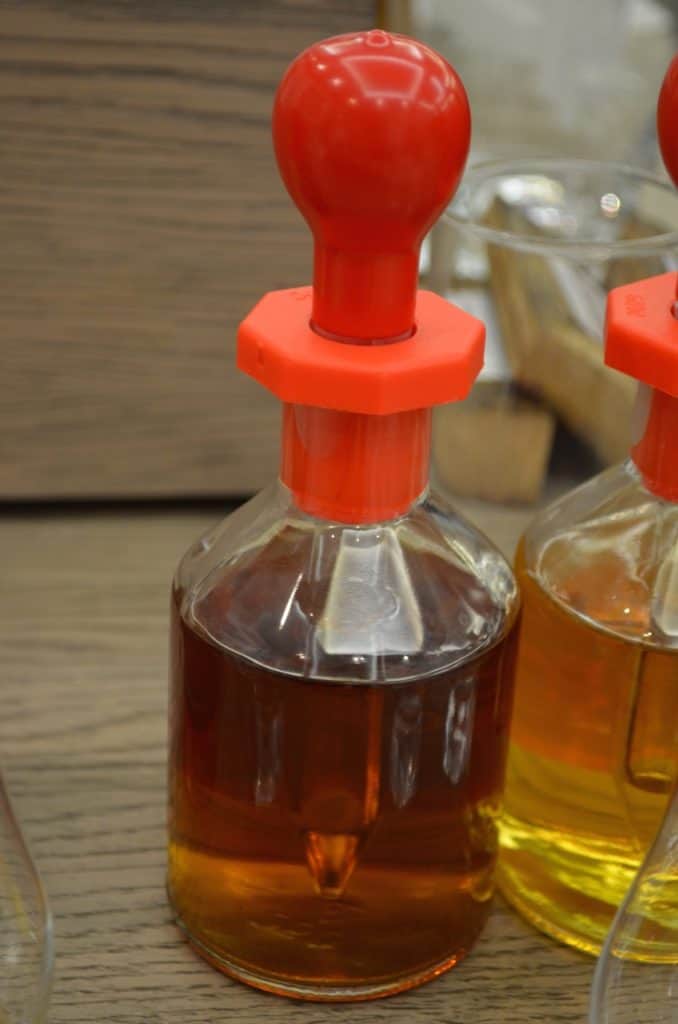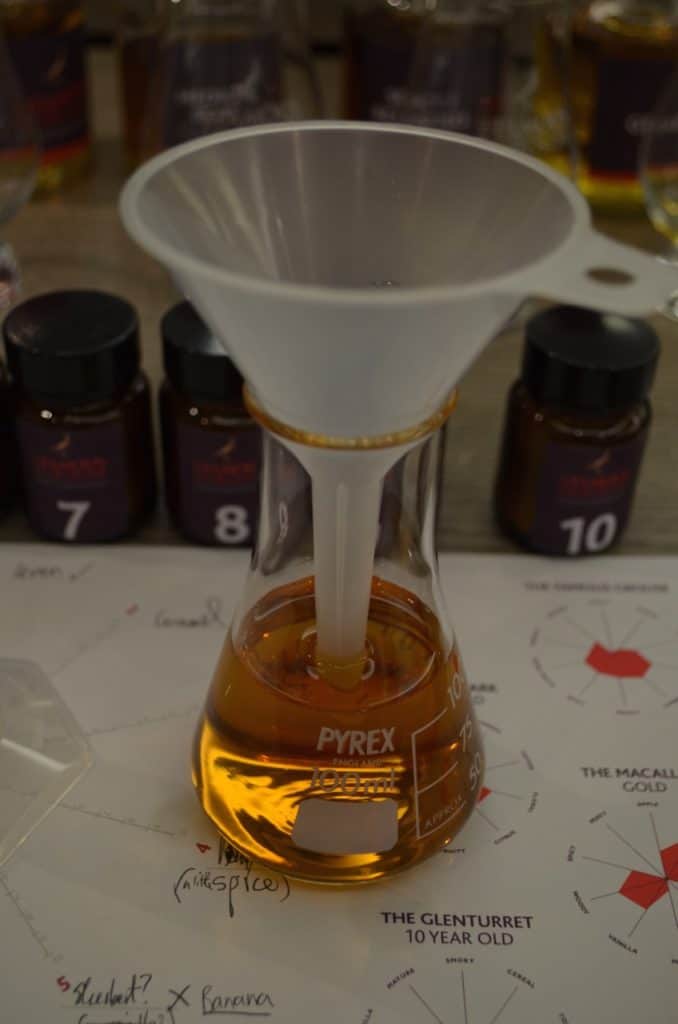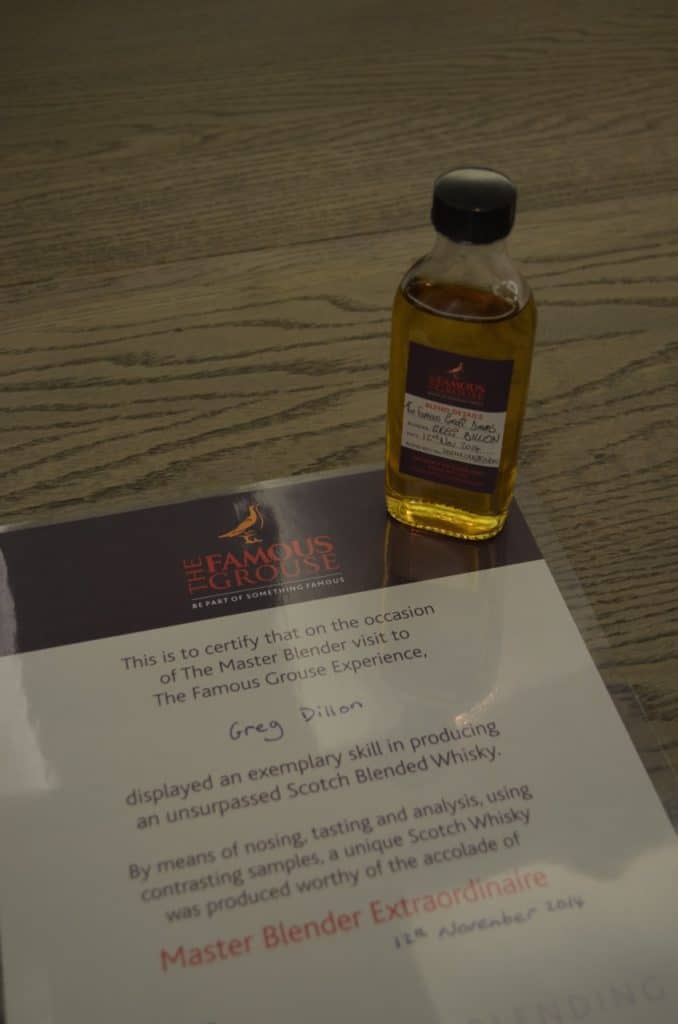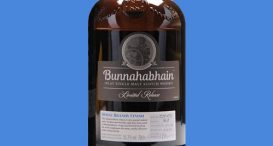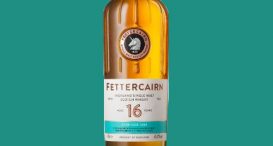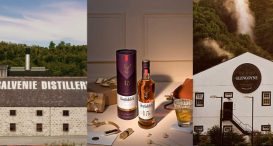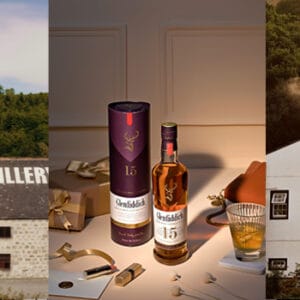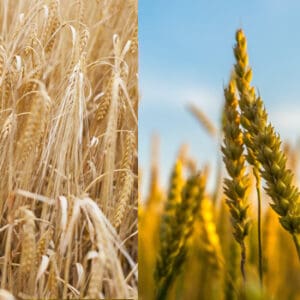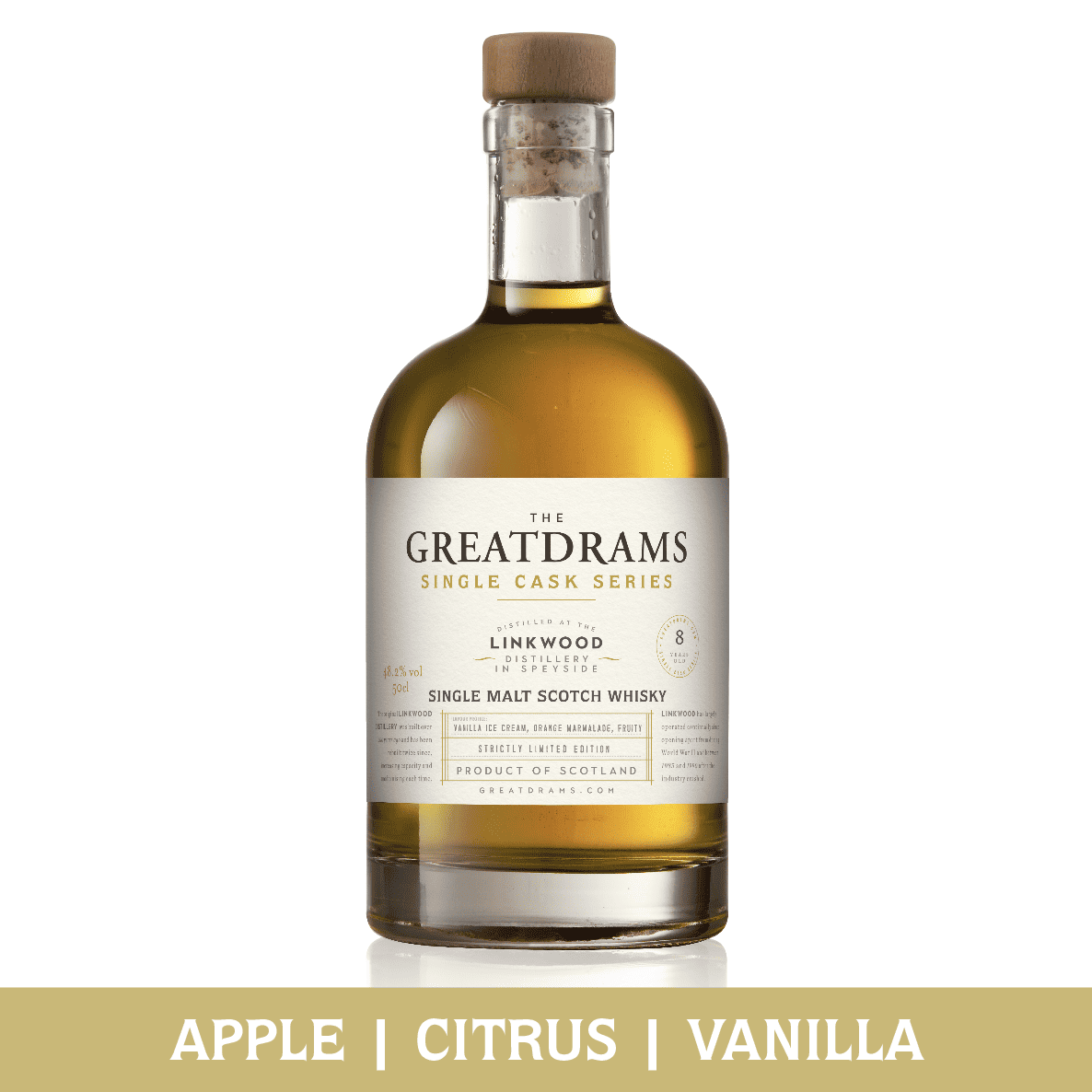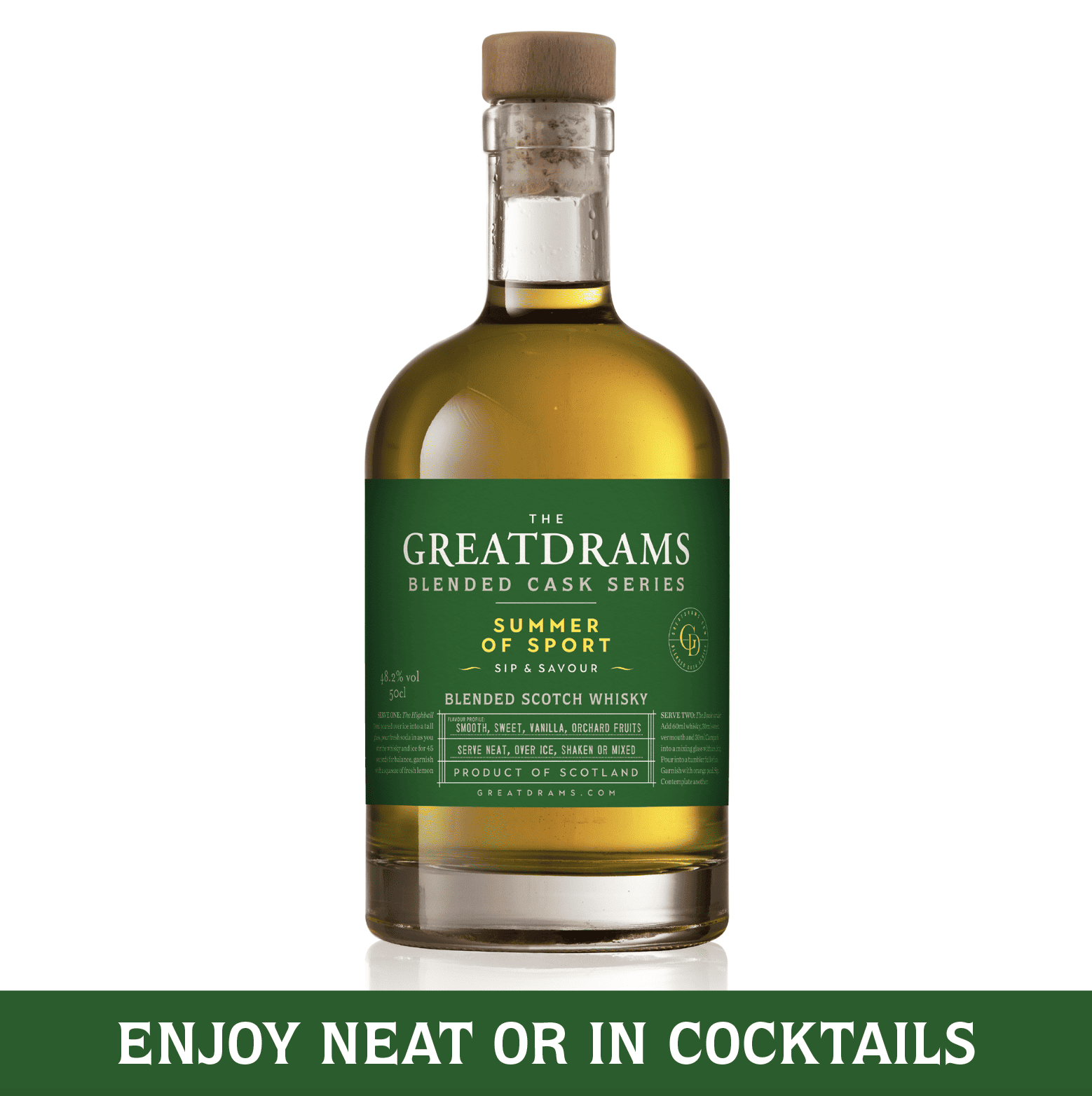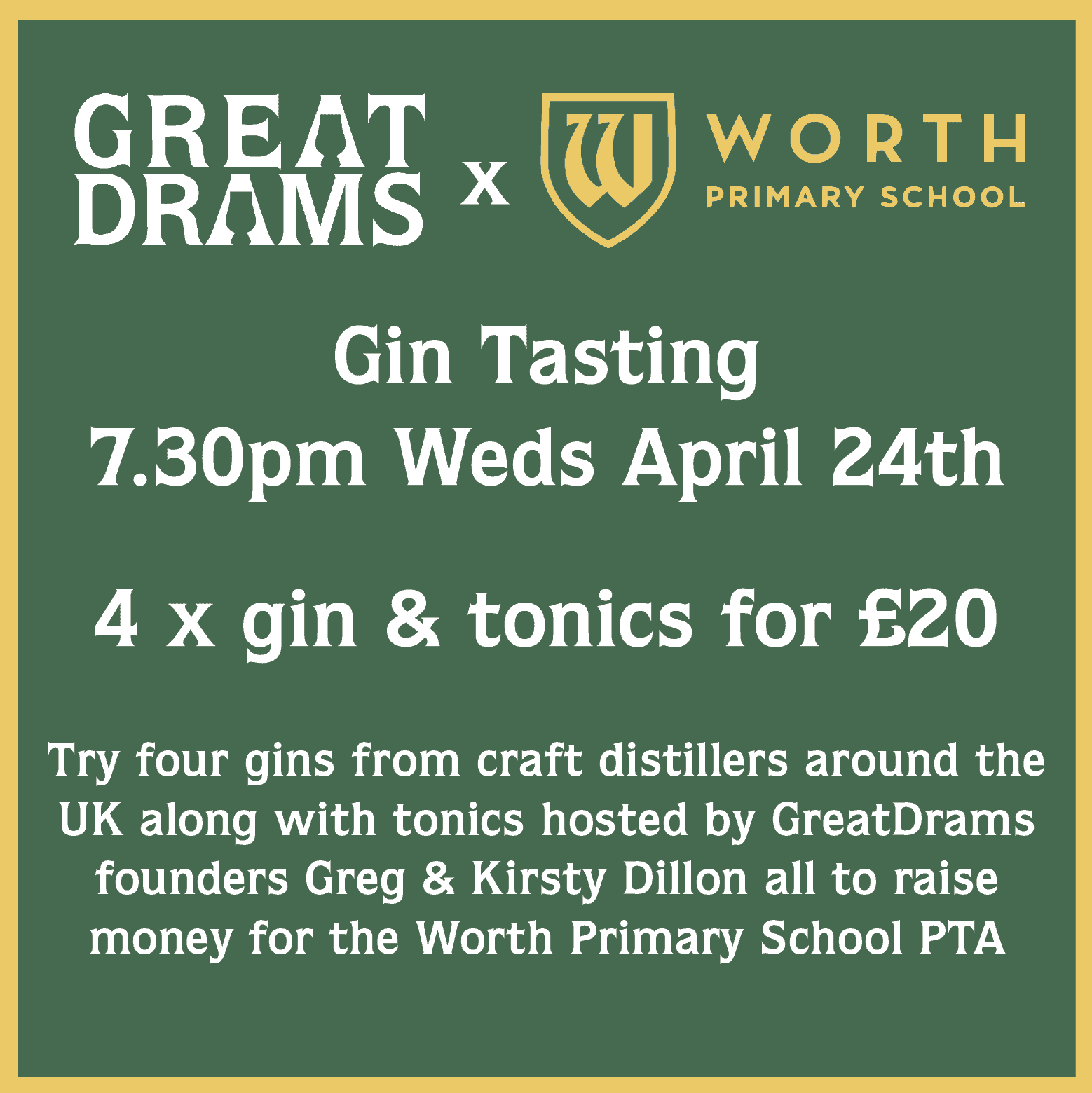The Famous Grouse Sensorial Adventure
let’s begin
A while ago I told you about The Famous Grouse Experience I experienced as part of a press trip, well here's the informal Part II: The Famous Grouse Sensorial Adventure.
The scene could not be more perfect for a blend (see what I did there) of theory and practical application of the senses. We sit in the newly designed main room and blending suite with great product displays and a collection of all the old The Famous Grouse bottles, the table even had a red trim, ensuring it is always on brand.
Meeting the Master Blender
We sit and watch in awe as Master Blender Gordon Motion unpacked a massive wooden suitcase filled with nosing glasses and begins to fill them with new make, whisky from various types of cask and the four core SKUs in The Famous Grouse range.
Gordon trained as Master Blender Designate for two years before ascending to be the main man himself in 2009.
Once he has set up he guides us through a lot of theory, really interesting detail and charts showing how The Famous Grouse is made, his remit, the full Edrington range and all on incredibly well designed slides.
A breakdown of our nosing experience
We went through and nosed new make
North British Grain
Glenrurret malt (unpeated)
Highland Park (medium peated) and
Ruadh Moar (heavily peated) that aims to convey notes akin to an Islay style malt.
My overall view on the new make was that it felt incredible the both Glenturret and Ruadh Moar are made in the same distillery with the same equipment and the same people but the pleated malt changes the complexion completely. Incredible.
Gordon imparts an intriguing anecdote:
“Good spirit put into a poor cask will always make a poor whisky, but putting poor spirit into a good cask will inevitably create a good whisky. The wood is incredibly important, hence why American bourbon casks cost about £120 whereas Spanish sherry casks cost around £760.”
On that note we sample cask types:
Refill bourbon
US oak sherry
Spanish oak sherry
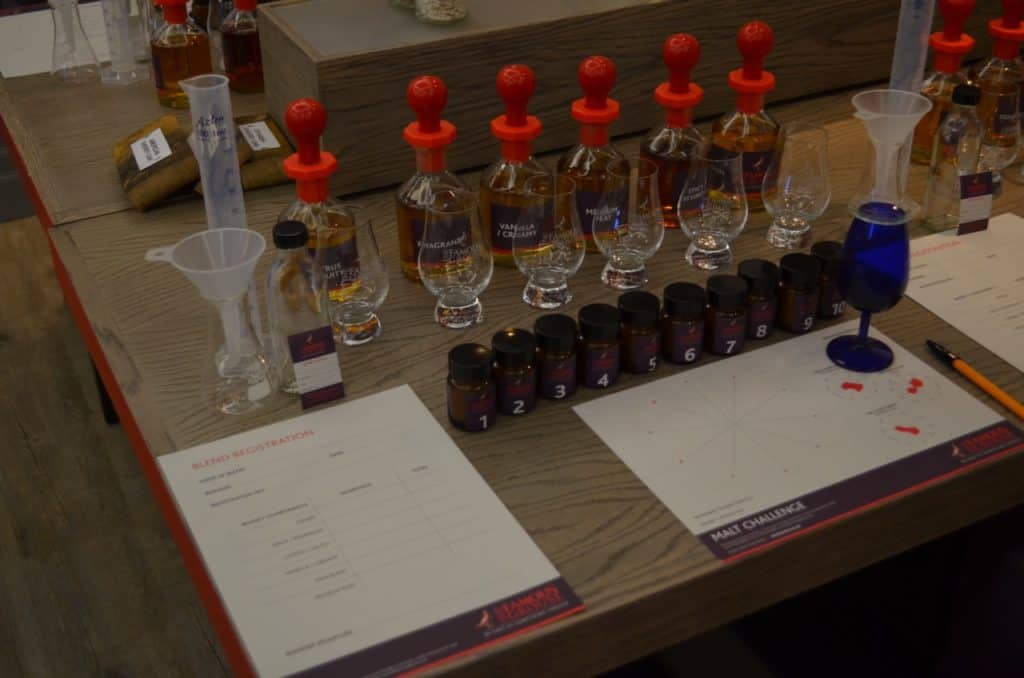
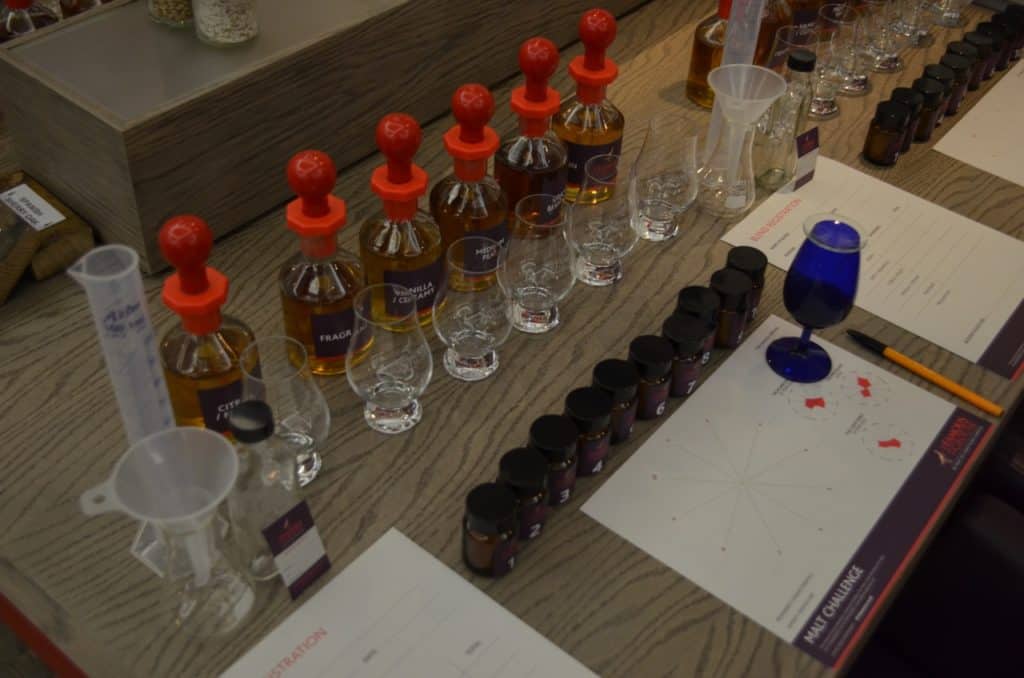

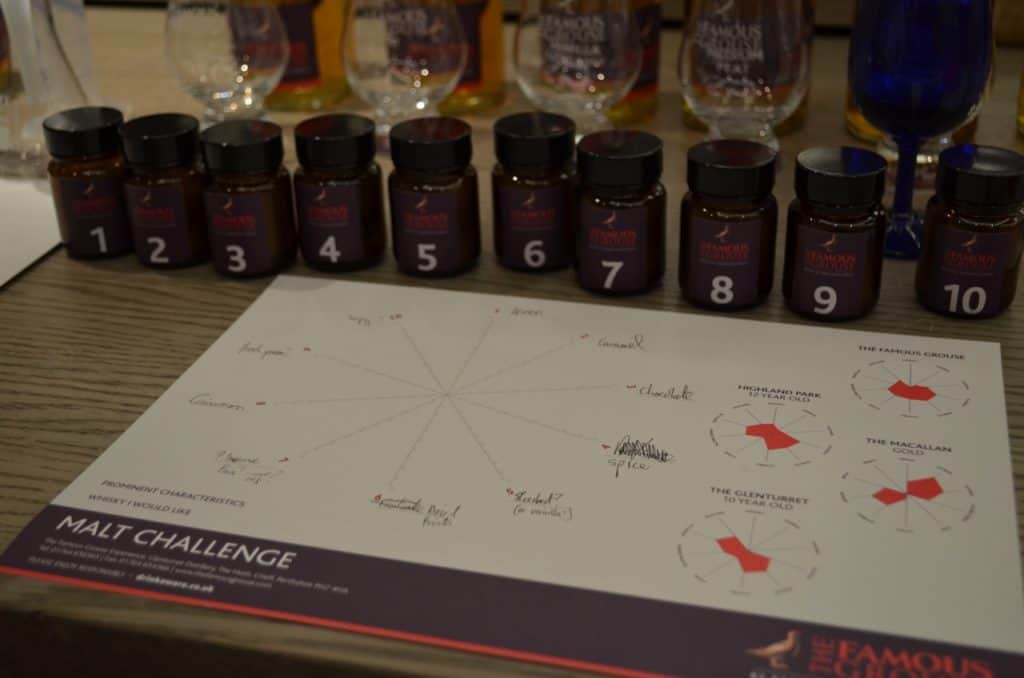

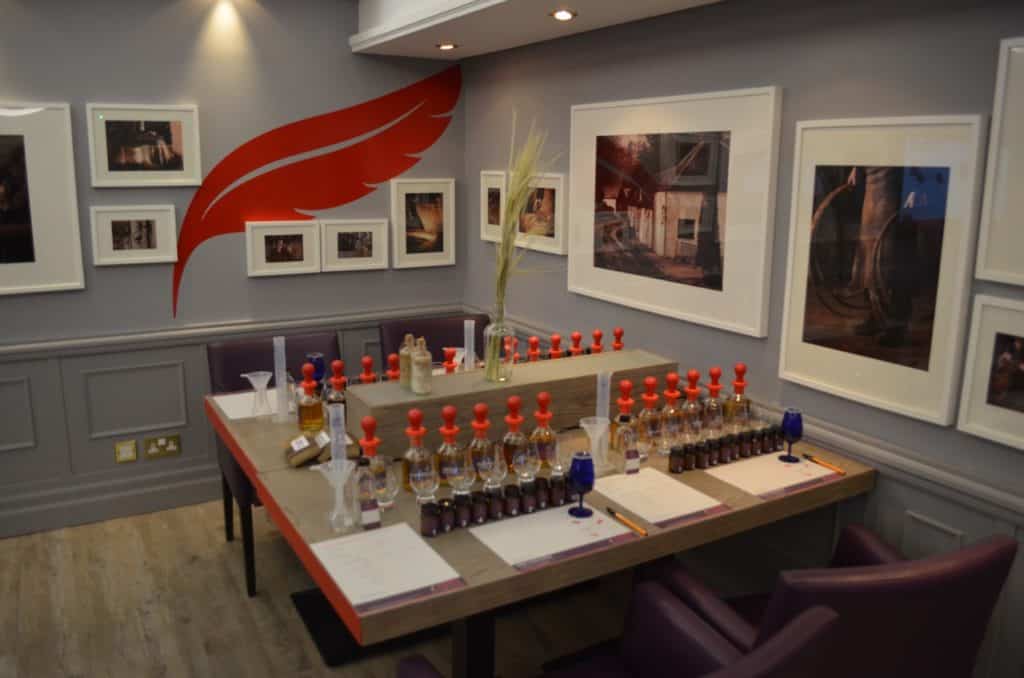
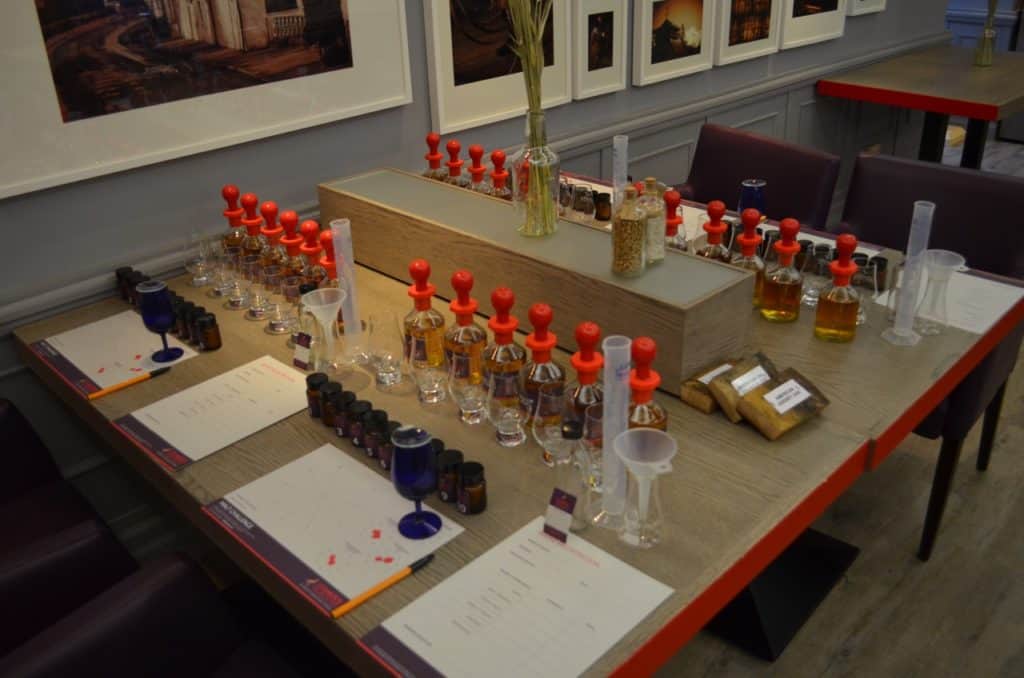
The science of whisky
Gordon then dons his white coat and explains two scientific / charts about how water reacts with spirit molecules, then immediately removes it and delivers two powerful points to end on:
Sensory and chemical testing at each stage with an estimated that 450,000 sensory checks are performed each year
With that over we headed to the blending table to test our own senses and to create our own blend to finish The Famous Grouse Sensorial Adventure.
We went through ten mystery scents to see if we could trigger memories and guess the smell of the essential oil. This was surprisingly tough! I ended up scoring top with six out of ten but wow it was humbling.
White coats on, it was time to get our alchemy on to create a blend we would be happy with and although I got chastised for my 45% medium peat content it seemed to work well, but I would say that.
My final blend breakdown:
45% medium peat (Highland Park)
20% vanilla
20% spicy
15% citrus / fruity
